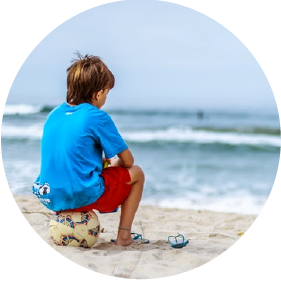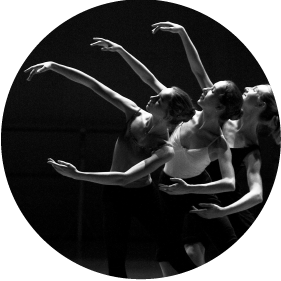
Holly is an English nine-year old who suffered head trauma. The team examining the CAT scan to design the cranial Scaffold noted a brain swelling and reported it to the doctor. This believed that he could suck out some spinal fluid, so as to reduce brain pressure and help mount the implant. Once in the operating theatre, it turned out the brain swelling was not due to fluid accumulation, but to natural brain growth. They decided to still use the implant adjusting it to the cranial cavity as far as possible. The surgery was successful and Holly's parents gave an interview to the BBC to express their satisfaction. As time went by, though, a slight asymmetry started showing in Holly's skull due to brain growth. The team went back to work to correct that defect and created a more curved implant than the previous one, which allowed the grown brain to be mounted without imperfections. Holly's second surgery revealed a fact of scientific interest: after just a year from the first operation Holly's bone had already restarted to grow, which highlighted the benefit of using a bio-material like ceramics for this kind of implant. This surgery shows that ceramic implants ensure an optimal outcome restoring the natural condition of the damaged bone. Holly has resumed his normal life and can now run about and play happily with his friends.

Little Ivan is a three-year old Russian child who fell from the second floor of his house and suffered a serious frontal head injury. His condition appeared immediately critical, as Ivan had lost the power of speech and had been left with reduced mobility. As soon as the team received the CAT scam, they set off to realise a ceramic implant which could fit a 12x10cm cranial cavity - quite large for a child of that age. The surgery lasted six hours. In the operating theatre there was also a consultant specialised in biomedical engineering who made sure that the implant was accurately mounted and the absorption process could develop properly until the skull recovered its full capacity.
After a long rehabilitation, little Ivan and his family went back home leaving behind them that tragic incident. Such stories show that professional teamwork can achieve extraordinary results and allow patients and their families to resume their normal lives.

A road accident, a tragedy that instantly changes your life. This was the case for Marika, a 35-year old professional dancer, who fractured her tibial plateau following a motorcycle accident. Her normal life devoted to dancing soon turned into an endless ordeal which risked compromising a promising career and, above all, a continuous quest to reach physical perfection. Indeed, the surgery to reconstruct the tibial plateau is really complicated and involves an osteocartilaginous functional unit which is extremely difficult to reset. Today a surgery which in the past was considered difficult can be carried out using very sophisticated artificial tissues called Scaffold which are able to integrate into the damaged articular surfaces and reconstruct them completely. The special structure of the Scaffold promotes a double regenerative action, by simultaneously reconstructing the portion of the bone and of the cartilage. Doctors persuaded Marika to undergo the surgery, which thanks to the Scaffold was a complete success, allowing her to take her first dance steps once the necessary rehabilitation was completed. Now Marika is dancing again, putting enthusiasm and determination in her training. She has resumed her life and restarted following her passion for dance and beauty.

Michelle was 25 and embarking on a brilliant career as a top model when she fell four metres while painting her house. When she got to the hospital she was in a coma with high ICP and was treated with bilateral decompressive craniectomy. After a few weeks, she got out of her coma but all she could say was 'yes' and 'no'. Her right arm was affected by hemiplegia. Also, when she looked in the mirror, she needed to come to grips with looks which were no more appropriate for a model. But here came into play all the resources needed to recover the lost quality of life. The first step consisted in reconstructing her cranial cavity. After the bioceramic prosthesis was surgically implanted, Michelle could talk and joke around again. She overcame hemiplegia and her arm could move as before. She recovered her terrific looks. Eventually she could leave the hospital. A few months later, just one year after the trauma, she returned to the set to take part in a photo shooting. Michelle has resumed her normal life, is as beautiful as she was, if not more beautiful, and is back on track to pursue her dream of being a top model.